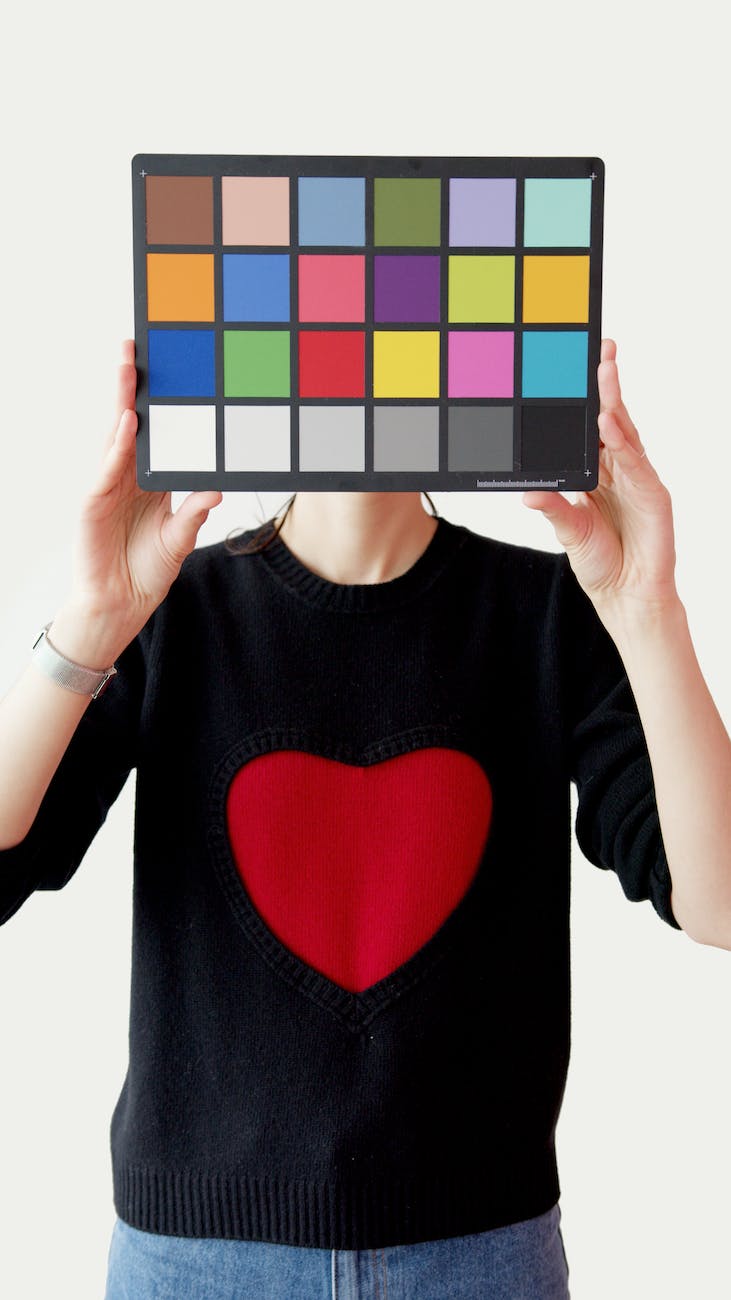I was thinking about buying a Spyder X because the Spyder 3 software no longer works, but then I found DisplayCal which seemed to crash the last time, but since the Spyder X costs way more so I thought I would try this. This doesn’t help the print calibration, but good to try.
DisplayCal has not been updated in three years
This looks like abandonware, it is really just a GUI on top of another open-source project Argylle-CMS, so it still works on the Intel Mac, but beware that Agylle doesn’t seem to be ported to the M1 and uses Rosetta-32 technology, but it does work as of 2022. The basic point is that DisplayCal is actually just the graphical interface on top of another open-source project Argyll.
Benq BL3200 Settings
This is an old monitor that was one of the first 2.5K monitors, so here are the settings for it
- Brightness: 64
- Color: User-defined, so you can set the RGB, set as RGB at 100, 95 and 100
This gets you to the initial white point and cd/m of 150.89 and very close to the color at 6395K vs the desired 5648K
Running the Calibration on Intel Mac with brew installation
In the past, I’ve had crashes with DisplayCal, but after 25 minutes, it seemed to run fine with this old calibrator. Actually, the color settings were pretty close and the software actually works well. The only thing that it doesn’t do that the old Spyder software does is tell you the ambient light, but it does seem to work
Running Calibration on Apple Silicon Mac with pip install displaycal
One of the issues with the current brew install displaycal is that it looks but can’t find the brew install argyll-cms and people have had a bunch of trouble making it work. Lots of folks have been trying with not great results.
But there is an open source project that has ported displaycal to Python 3 that does work, so the easiest thing to do is to do a pip install displaycal and then run displaycal from the command line and this seems to work.
The main bug I found is that it won’t install the new profile into the system profile, the sudo seems wrong, I think it may need the root password for this, so investigating. The profiles are kept in ~/Library/Application Support/displaycal/storage so you can copy them yourself.
ASUS PB278 Calibration in sRGB mode
This mode actually works perfectly with the brightness and color defaults set at sRGB and brightness set to 69%. And after about 30 minutes, I got a calibration profile. It says it is much closer than before and the gamut is 113% of sRGB which is great! And this also went to 118% of sRGB so pretty cool from 99.2% and 81.4% of Adobe RGB from 75%. And finally, from 82.5% of DCI P3 to 83.7%. Note that you don’t get measurements for the HDR color space called Rec.2020 which is even wider than DCI P3. Note that the gamma or how the color is transferred is also different and we are set for a gamma of 2.2
Acer XB270HU Calibration in User Mode
This is another older panel and it is a little difficult to set it, but if you choose Gamma 2.2 and then User Temperature, then at least for my panel, it is in Menu (the rightmost control button). Then select Acer eColor Management > User and then go to Menu > Colour Temp > User and then select Red at 63, Green at 48, Red at 51, and Brightness at 50. One great thing is that the two panels which I use side by side look much closer together in color. But this panel went from 100% sRGB to 116%, 76% of Adobe RB to 80%, and 82% of DCI P3 to 82% of DCI P3.
LG PUA55B9 Calibration
This is a 2019 LG OLED panel that is theoretically an HDR panel with 400 nits to so brightness, so interesting to see if calibration will work since the Spyder3 presumably can’t handle HDR. And it is a little incomprehensible, but it looks like HDR color calibration is actually pretty hard, so I’m not going to try it. I just leave the thing set at ISF Expert and it looks OK.







